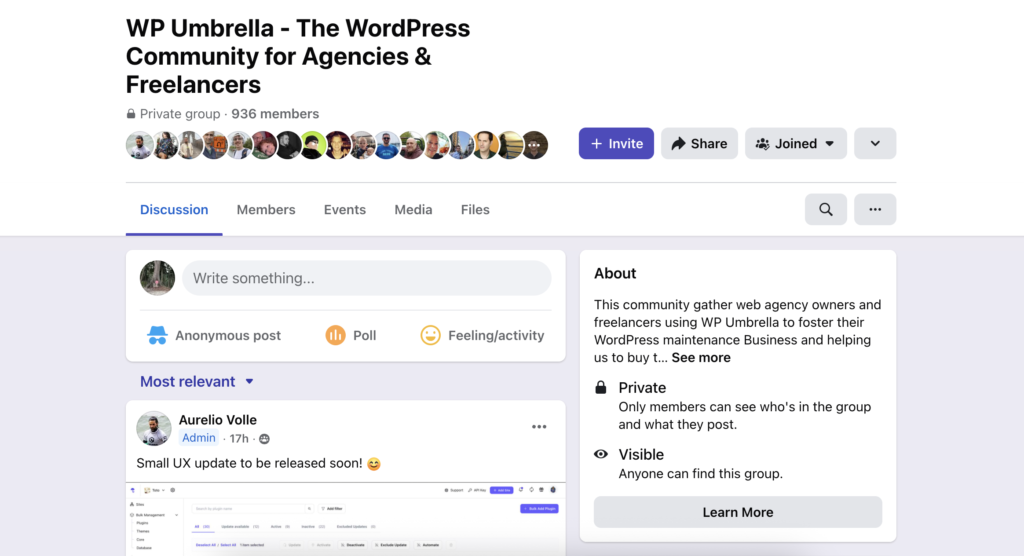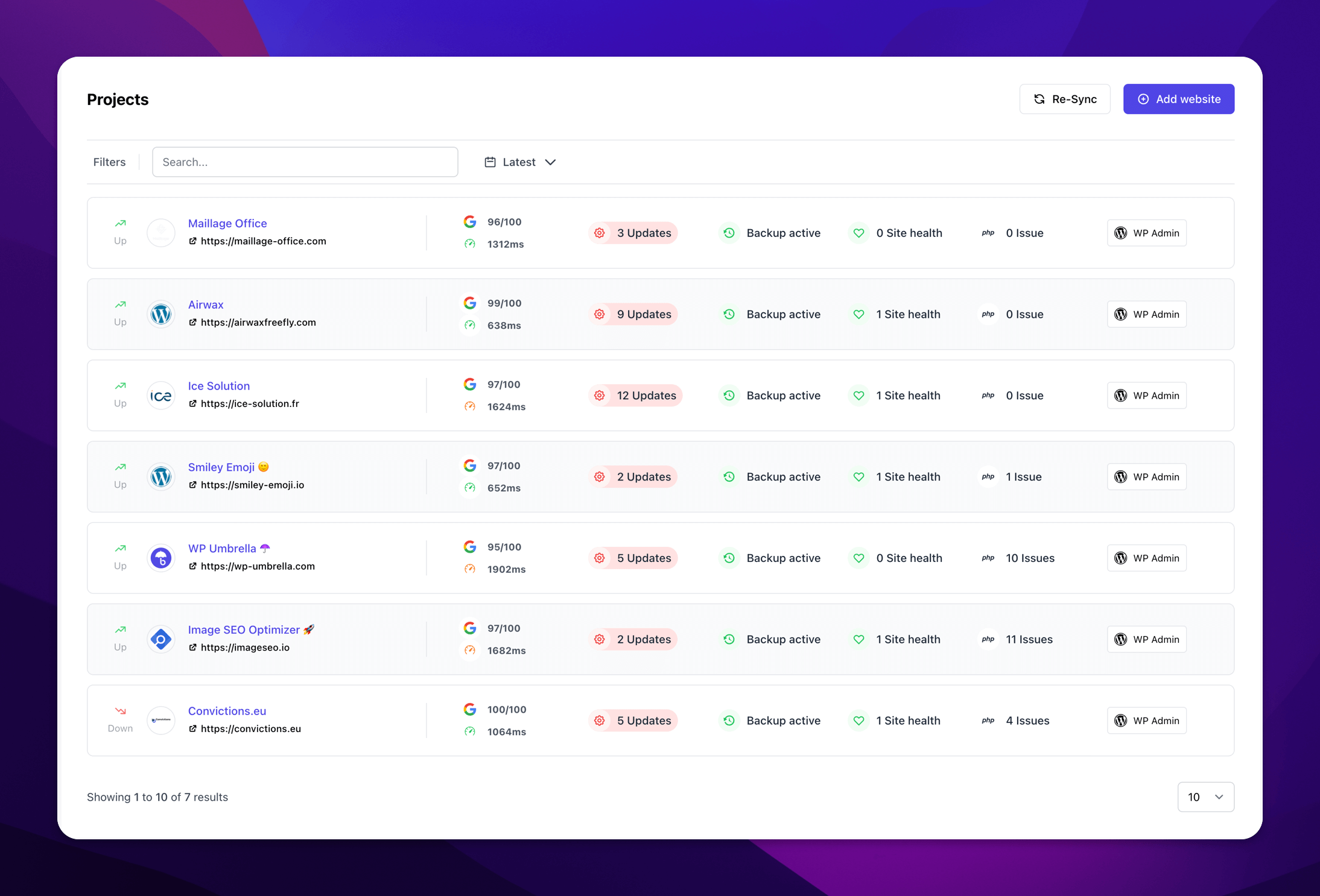The Ultimate Client Vetting Checklist for WordPress Agencies

You don’t need dozens of clients. You just need the right ones.
The kind of clients who show up prepared, respect your process, pay on time, and stick around for years. Unfortunately, those clients don’t always come labeled. That’s where this WordPress agency’s client vetting checklist comes in.
This post lays out a simple way to sort incoming leads into three categories: red flags (no thanks), yellow flags (proceed carefully), and green flags (let’s go). You’ll also find a few tips for attracting better clients in the first place.
If you’ve ever said yes to a project that made you miserable, this is for you.
Related: The Essential WordPress Website Launch Checklist (28+ Tasks)
Client Vetting Checklist: Red Flags (When to Walk Away)
These are the early warning signs that a client relationship will likely cost more time, energy, and stress than it’s worth. If you see more than one of these in a single conversation, trust your instincts and pass.
[ ] Sends emails in ALL CAPS
It may seem minor, but it usually points to poor communication habits—or worse, a confrontational tone from day one.
[ ] Says “This should be quick” or “It’s just a small task”
If someone starts by telling you how easy the work will be, they’re likely to undervalue your time and push back on pricing.
[ ] Refuses to pay a deposit
If they hesitate to commit financially, they’re probably not serious. A deposit filters out the tire-kickers.
[ ] Wants to build “the next Amazon” on a $500 budget
Ambition isn’t the issue. It’s the disconnect from reality. Projects like this usually lack planning, funding, or both.
[ ] Asks for free work before hiring you
Spec work, unpaid trials, or “just a quick draft”—these are signs they don’t respect your expertise.
[ ] Complains about every past developer
If it’s never worked out with anyone else, there’s a reason. And it’s probably not just bad luck.
[ ] Insists on committee-based decision making
Too many voices on every revision slows down the work and leads to conflicting feedback. You need a clear point of contact.
[ ] Pushes back on your process
If they won’t use your project tools, skip meetings, or ignore your onboarding flow, the working relationship will be difficult before it even starts.
[ ] Immediately asks for a discount
Negotiating value is normal. But if price is the first thing they bring up, you’re in for a struggle at every step.
[ ] Brings in ethically questionable content
No amount of money is worth attaching your name to something you can’t stand behind.
Client Vetting Checklist: Yellow Flags (Pause and Dig Deeper)
Not every concern is a reason to walk away. Some situations just need more context, clearer boundaries, or a better conversation. These yellow flags are signals to slow down and ask more questions before committing.
[ ] Poor grammar, disorganized writing, or unclear emails
You’re not grading their punctuation, but communication matters. If an email feels like a wall of text with no structure or clarity, it’s likely to carry over into the project.
[ ] Says “My last developer ghosted me”
Sometimes that’s true. Sometimes the last developer just saw the red flags and ran. Ask what happened and listen closely to how they describe the experience.
[ ] Doesn’t complete your intake form properly
A form with one-word answers, skipped questions, or half-baked responses is a sign that they may not have thought things through. You’ll likely have to do more hand-holding later.
[ ] It’s their first website
New business owners aren’t a problem on their own. But if it’s their first time working with a developer, expect more education, less clarity, and more scope creep. Pair this with other flags, and you’ve got a risk.
[ ] Their business is less than a year old
A newer business often means a smaller budget. And when money is tight, control issues usually follow. It’s not always the case, but it’s worth asking how they plan to sustain and grow.
[ ] They think the website is the strategy
If they believe launching a site alone will fix their business problems, they’re not ready. A website helps, but it’s not a magic button. This flag becomes more serious if they aren’t open to learning.
Client Vetting Checklist: Green Flags (Clients Worth Saying Yes To)
These are the WordPress clients you want more of. They show up prepared, respect your time, and make it easy to do great work. When you spot even a few of these, you’re probably in good hands.
[ ] They know their budget and why
It’s not just about having a number. It’s about understanding what they’re trying to achieve and how much they’re willing to invest to get there. These clients tend to be more focused, more decisive, and easier to collaborate with.
[ ] They respond clearly and quickly
If they get back to you in a timely way, answer questions directly, and move things forward without chasing, that’s a strong sign of a reliable working relationship.
[ ] There’s a single point of contact
The fewer cooks in the kitchen, the better. One dedicated contact keeps feedback clear and decisions moving.
[ ] They’ve worked with web developers before
Experienced clients usually understand timelines, revision limits, and what makes a project succeed. They ask smarter questions and give better feedback.
[ ] They care more about quality than cost
They don’t want the cheapest option. They want the best fit. That usually means fewer pricing objections and more room for real collaboration.
[ ] They found you through your work, content, or referral
When someone says they’ve been following your blog, saw your name in a footer, or was referred by a past client, they’re usually already bought in. You don’t have to prove yourself from scratch.
[ ] They follow your process
When someone fills out your form, shows up on time to a call, or completes onboarding without being chased, it shows respect and saves everyone time.
Also read: The Ultimate Client Onboarding Checklist
Spotted a Green Flag Client? Here’s What to Do Next
Once you’ve found the right client, the next step is making sure they have a great experience from day one.
To help with that, we put together The Ultimate Client Onboarding Bundle.
How to Get Clients (Without Chasing Every Lead)
Once you know what a great client looks like, the next question is obvious: how do you get more of them?
The answer isn’t just “more leads.” Volume doesn’t fix a bad fit. You don’t need a hundred inquiries. You need a few people who are ready to work with someone like you and respect the work you do.
This part takes a bit more intention, but it pays off every time.
Create Things That Show How You Think
Most good clients don’t want a “web guy.” They want someone who gets what they’re trying to build. One of the simplest ways to attract them is to think in public. Write case studies. Share process breakdowns. Answer common client questions on your blog or LinkedIn.
People will stumble across your work and say, “Ah—this person gets it.” Those leads are warmer, easier, and far less likely to waste your time.
Make Your Inquiry Form Do Some Heavy Lifting
It’s easy to treat your contact form like a necessary formality. But it’s also one of your best filters. A well-written form helps you spot unclear goals, low budgets, and people who aren’t ready to commit.
You’ll know within minutes if they’ve read your site, understand your process, or want someone cheap and fast.
And if someone can’t be bothered to answer a few thoughtful questions before hiring you? That’s a preview of how hard it’ll be to get anything from them later.
Go Where Good Clients Hang Out

Referrals are great, but they’re not always predictable. Communities, though—those are gold. Join the ones where your clients already go for help or inspiration. Sometimes that’s a professional Slack group. Sometimes it’s LinkedIn. Sometimes it’s a Facebook group where real conversations happen every day.
The goal isn’t just visibility. It’s trust. When people see you show up consistently with valuable ideas, they’re more likely to come to you already sold.
Say No When You Need To
This one’s hard, especially early on. But the more confident you get in your red/yellow/green flag system, the easier it becomes.
Not every project is yours to fix. Not every client is yours to save. And the longer you stay in this work, the more obvious it becomes that who you work with matters just as much as what you build.
The real win isn’t landing more projects. It’s creating enough space to say yes when the right one shows up.
Nurture Your Current Clients To Fuel Future Ones
Once you’ve landed those ideal clients, keeping them happy isn’t just good business; it’s a powerful engine for attracting new clients. Reliable maintenance builds trust, prevents minor issues from becoming big headaches, and turns satisfied clients into referral machines.
When your sites run smoothly and clients get proactive updates, they’re more likely to rave about you in the communities where potential leads hang out. This creates a virtuous cycle: efficient management frees up your time to “think in public” and engage thoughtfully. At the same time, happy clients bring in warmer, pre-qualified inquiries without you chasing them.
Streamline Website Maintenance to Unlock More Leads
Managing good clients shouldn’t feel like a second full-time job, especially when it could be unlocking more of the right leads through word-of-mouth.
If you’re juggling updates, backups, reports, and performance checks across dozens of WordPress sites, it’s easy to fall behind. But tools like WP Umbrella can make a real difference.
WP Umbrella helps you manage multiple WordPress sites from one clean, intuitive dashboard. You can schedule automatic backups and one-click restoration, monitor uptime and performance, run vulnerability checks, and send white-label maintenance reports to clients without jumping between logins or tabs.
Manage WordPress sites without the chaos
Join 50,000+ developers who use WP Umbrella to manage dozens of WordPress sites without compromising on speed, control, or client visibility.
Start Free Trial
Final Thoughts
Not every project is yours to fix. Not every client is yours to save. And the longer you stay in this work, the more obvious it becomes that who you work with matters just as much as what you build.
Having a clear sense of your red, yellow, and green flags makes those decisions easier. It gives you language for what your gut has probably been trying to tell you all along.
You don’t need to say yes to everyone. You just need a few great clients; the ones who trust your process, value your work, and make it worth showing up every day.
Up next, get the ultimate WordPress website maintenance checklist for 2025.
